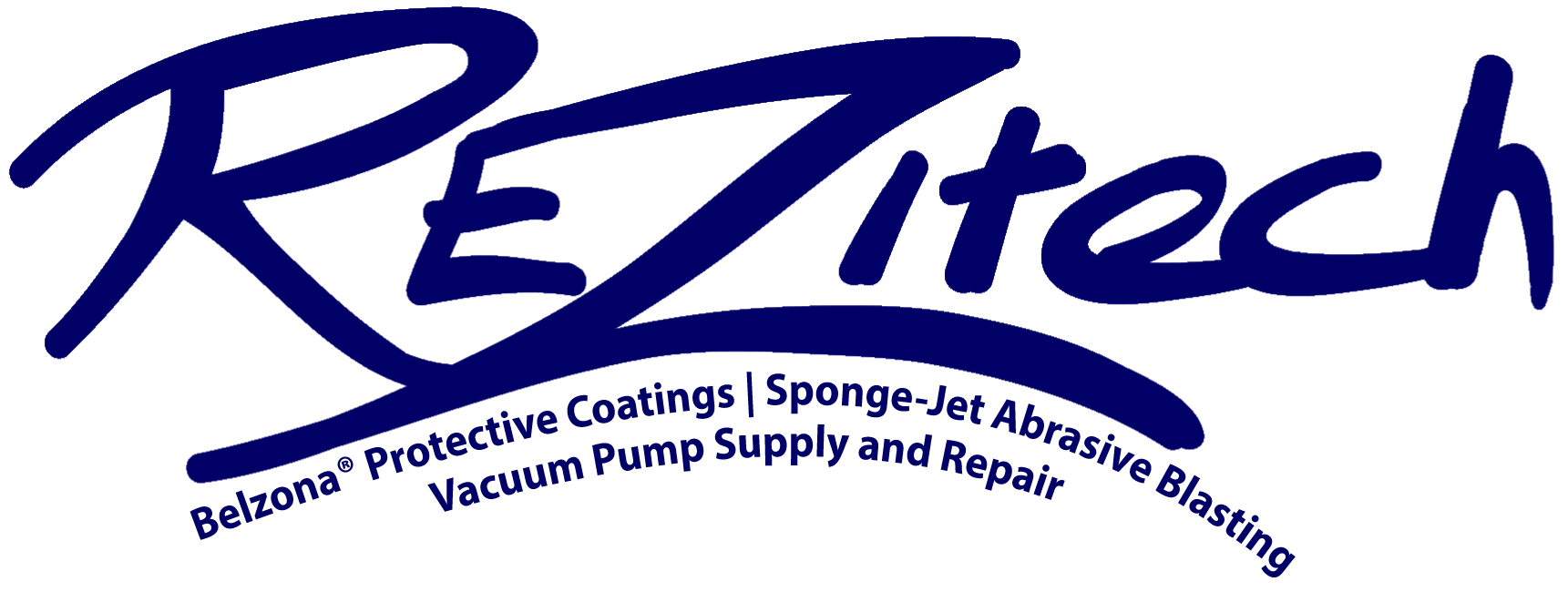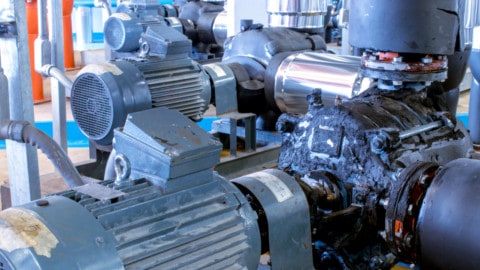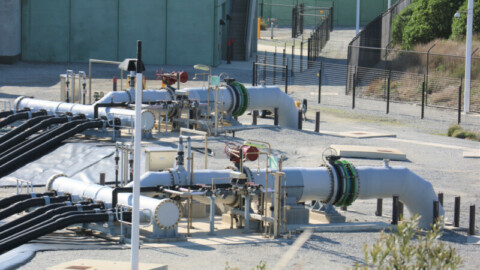By Eliza Booth, Journalist, Pump Industry magazine
In the Hunter Region of New South Wales, along the Williams River, sits the country town of Dungog. The town of just over 2,000 residents is right in the middle of dairy and timber country and is home to the Dungog Wastewater Treatment Plant, which is being transformed in a new $28 million upgrade project by Hunter Water, that will improve water quality, provide better environmental outcomes, and facilitate future population growth.
The Dungog Wastewater Treatment Plant (WWTP) was originally commissioned in 1938, making it over 80 years old today. It is owned by Hunter Water Corporation (Hunter Water) who acquired the plant from Dungog Shire Council in 2008.
The WWTP currently has the capacity to treat 0.57 megalitres per day and is able to service a community of up to 3,000 people.
However, after over eight decades of servicing the community, and numerous upgrades throughout its lifespan, the time has come for the Dungog WWTP to be replaced with a brand new plant in a $28 million upgrade project from Hunter Water and lead contractor, John Holland.
The new upgrades will replace the aging infrastructure of the 1930s era plant and provide the town of Dungog and surroundings with a modern wastewater treatment plant, enabling better reuse of effluent and recycled water, as well as improved water quality for the community, and better environmental outcomes by reducing effluent releases to the Williams River.
Innovative design and modern technology
While the WWTP has benefitted from some updates over the years to ensure it was able to service the local community, now the time has come for the plant to have a full upgrade to bring it up to scratch for future generations.
“Hunter Water has invested $28 million in a new wastewater treatment works at Dungog. Once operational, it will replace the current plant which has serviced the local community for more than 80 years,” Justin Watts, Manager Asset Solutions at Hunter Water, said.
“While a number of upgrades have been made over the years to ensure its ongoing operation, Hunter Water has invested $28 million in the construction of a new plant that incorporates modern technology to ensure it can reliably service the growing population into the future and deliver improved environmental outcomes.
“There will be a significant improvement in the quality of treated effluent that is released to the environment, while the upgrade will also provide Hunter Water with confidence that it can continue to meet its environmental licensing commitments.”
The project includes the construction of a new wastewater treatment plant at the existing site, as well as plans for a new wastewater pumping station to be located on Windeyer Street in Dungog. In addition a new rising main pipeline which will connect the pumping station and the treatment plant is also planned.
The newly built wastewater treatment plant itself will include a new innovative design and will incorporate new Membrane Bioreactor (MBR) technology, which has long-reaching benefits for water quality and supply, as well as improving environmental outcomes.
“The new plant utilises modern Membrane Bioreactor (MBR) technology, which is the combination of a membrane process with a biological wastewater treatment process.
One of the main advantages of MBR is its ability to produce high-quality treated wastewater, which can be discharged to coastal, surface or fresh waterways, or be reused for irrigation purposes,” Mr Watts said.
“In this case, it will allow us to divert a portion of the treated effluent to a local farmland for irrigation. This mutually beneficial arrangement will help us deliver better environmental outcomes by reducing the amount of treated effluent that will be released to the Williams River.”
As well as helping to produce a better quality of water treatment process, the new technology being incorporated into the new plant comes with a smaller physical footprint, which is integral to the project as the Dungog WWTP has a limited land size for the new plant to be built on.
“One of our main challenges has been building the new treatment plant on our existing site with limited available land area. This technology has a smaller physical footprint, as it doesn’t require some of the infrastructure needed for more conventional treatment processes,” Mr Watts said.
“The design of the bioreactor will also result in better quality treated effluent compared to the old plant by reducing the amount of fats, oils and grease that makes its way through the plant. This is innovative because of its introduction of under baffles, or low openings, in the first section of the bioreactor, that do not allow fats and oils (that float) to pass through the process with limited treatment.”
New pumping station and equipment selection
In addition to the new treatment plant, Hunter Water is investing in a new pumping station as part of the project. The pumping station will work in harmony with the treatment plant to create a holistic water network for the community.
“The existing pump station is 75 years old and requires upgrades to meet the demand of the growing population of Dungog. We’re investing in a new pumping station to cater for increased capacity,” Mr Watts said.

“It has been designed to integrate with the new treatment plant and better regulate inflows from Hunter Water’s wastewater network during wet weather events, meaning the two assets will operate together more effectively and efficiently. One of the main benefits will be having increased emergency storage at the pump station to help reduce the potential for overflows.”
Mr Watts said that the procurement of equipment for the new pumping station will be primarily handled by the lead contractor and will focus on selecting pumps that will meet both lifecycle cost objectives and technical abilities. The design of the pumping station will also take multiple factors into consideration to meet the needs of the project.
“Hunter Water’s contractor will ultimately be responsible for selecting the pump station equipment based on design needs, lifespan and serviceability, while ensuring it adheres to Hunter Water’s technical, general and standard specifications. Pumps would be selected based on the best lifecycle cost outcomes.
“A number of factors have been taken into consideration when designing the new pumping station including peak wet weather flows, emergency storage capacity, well control volume and pump starts per hour, as well as the operation and maintenance.
Construction, maintenance and repair

In August of 2019, works started on the construction of the new WWTP. From late 2019 to early 2020 site investigations, concept design and decisions on design and location for the new pump station and rising main were completed. In early 2021, construction on the new pumping station is due to begin.
Mr Watts said that during the planning process of the project, maintenance and repair schedule and costs were major factors in decision-making, with future maintenance and repair costs, as well as capital cost of the project, all considered.
“Costs, maintenance and repairs are considered when Hunter Water is planning any major project, including the new Dungog Wastewater Treatment Works,” Mr Watts said
“During the planning process, it’s important that we balance the capital cost of the project, while taking into account the future operating and maintenance costs, to understand the potential impacts over the life of the upgrade.”
Possible challenges were also a major consideration during the planning process, with the team at Hunter Water and its main contractor having to overcome limited space constraints.

“One of the main challenges has been building the new treatment plant on our existing site at Dungog with limited space available,” Mr Watts said.
“Our team was able to overcome the space constraints through careful consideration of this challenge during the early planning phases, as well as by strategically managing the construction program to ensure the various structures could exist closer together in the limited space available.”
With the project well on track to completion, Mr Watts said that the new WWTP will be ready for performance tests to ensure it is ready to come online.
“The new Dungog WWTP is on track for completion at the end of this year. It has finished being commissioned and will shortly undergo a proof of performance process before coming online.”
Full completion of the new Dungog WWTP is scheduled for early 2021.



















